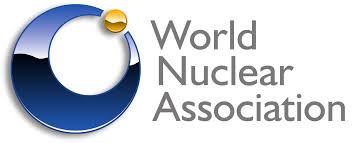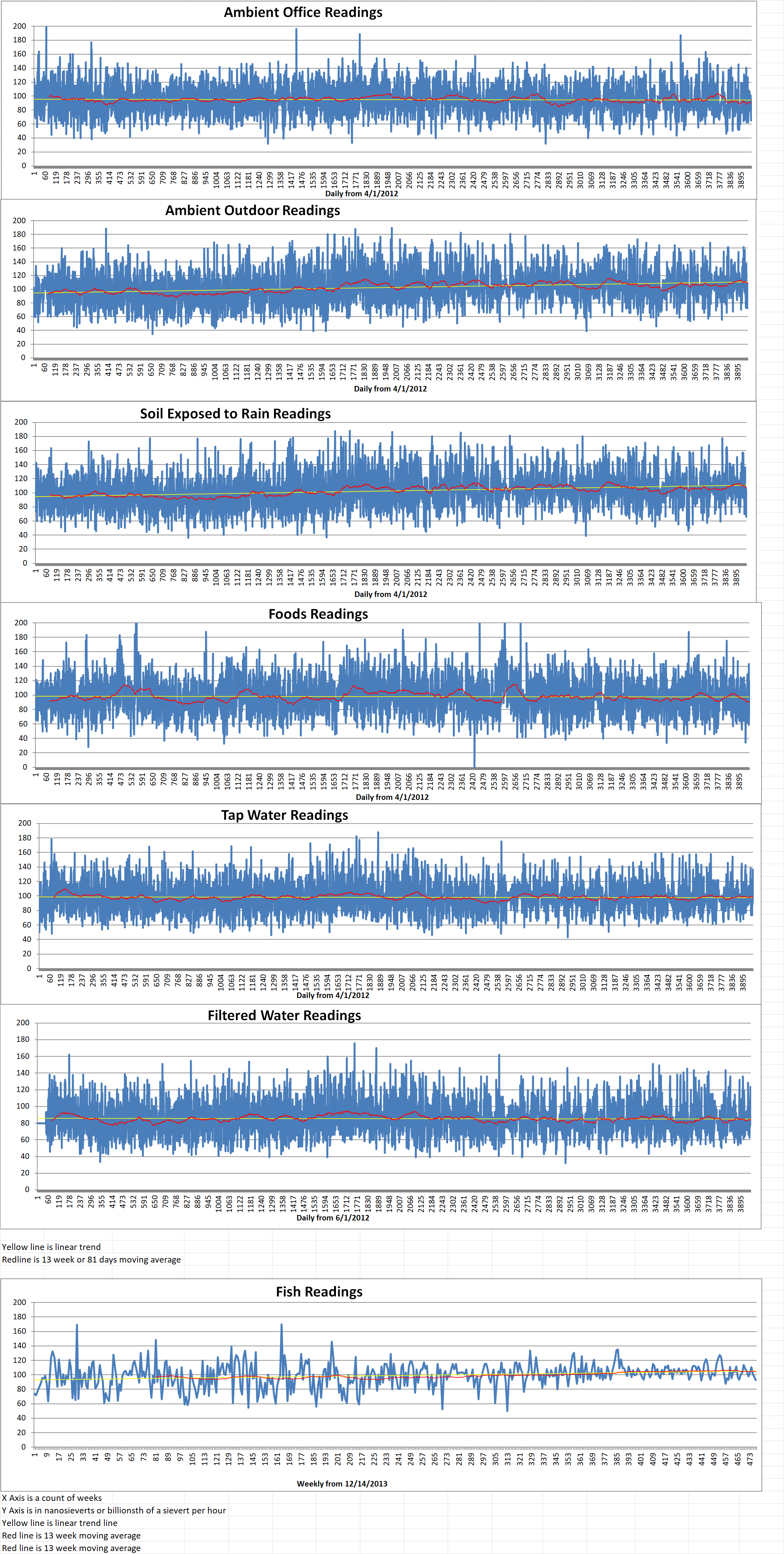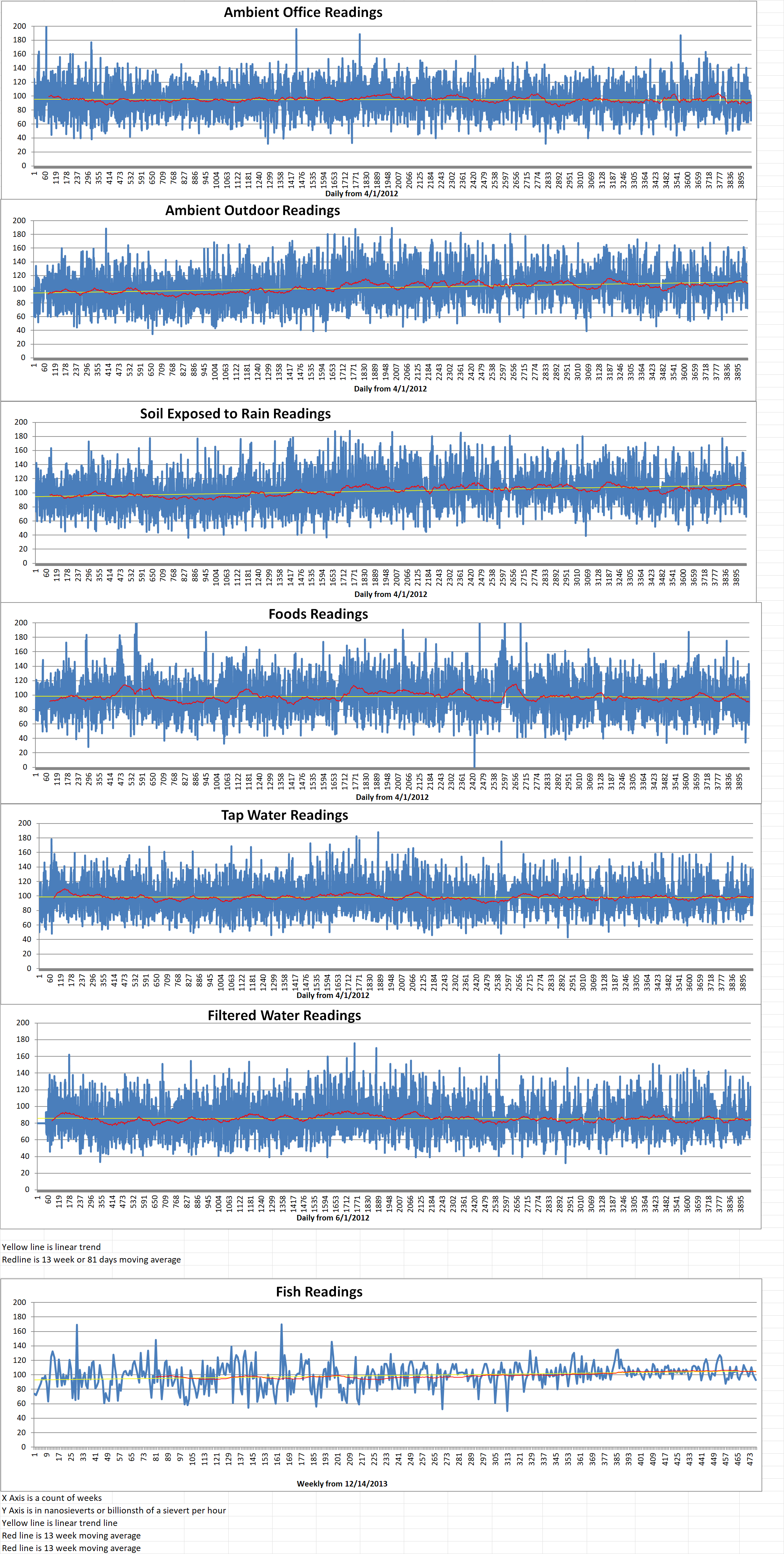Part 1 of 3 Parts
I recently posted about how the European Union (E.U.) is working to remove the need to import nuclear fuel and nuclear technology from Russia. Although there are severe sanctions on the import of fossil fuels from Russia by members of the E.U. because Russia invaded Ukraine, there are no serious sanctions on the import of nuclear fuel and nuclear technology from Russia. This allows Russia to threaten the E.U. nuclear industry with restrictions on nuclear fuel and technology. While some E.U. nations are shutting off their nuclear reactors permanently, other E.U. nations, especially in Eastern Europe are dependent on Russian nuclear fuel and Russian nuclear power reactors to supply electricity to their grids.
Some nations that utilize nuclear power outside of the E.U. are also grappling with the threat of nuclear fuel and energy export restrictions by Russia. Since Russia invaded Ukraine, Russian nuclear exports have actually increased while Russian exports of fossil fuels including coal, oil and natural gas have been reduced.
Russian state monopoly Rosatom played a big part in the Russian capture and takeover of the Zaporizhzhia nuclear power plant in Enerhodar, eastern Ukraine, but Rosatom remains untouched by Western sanctions. The reason for this, according to experts, is that the nuclear supply chain is complicated from the supply of uranium to the construction of reactors. Russia currently plays a dominant role in many parts of the supply chain.
The Russian global nuclear network can exert political and economic pressure on friends and foes alike. A new partnership between the U.K., the U.S., Canada, Japan, and France is working to change this situation.
These five countries are working together to reduce Russia’s share of nuclear exports and “ensure Putin, nor anyone like him, can ever think they can hold the world to ransom over their energy again,” according to U.S. Energy Security Secretary Grant Shapps. The group intends to become independent from Russian nuclear fuel and technology. The agreement urges other countries to do the same.
Most experts agree that these are achievable goals. However, they will require time, resources and close collaboration. Lincoln Hill is the head of policy at the Nuclear Industry Association. (NIA) He said, “The main challenge is to get out of the asymmetric mindset we’ve been in. In the past, the West has seen this as a purely commercial, market-based situation and the Russians approached it as a strategic priority, so our companies were undercut and struggled to compete.”
Raw uranium is no longer used to fuel nuclear power reactors. This means that the nuclear fuel supply chain is currently divided into four parts. These include uranium mining, conversion, enrichment and fuel fabrication.
Russia’s share of the world’s mining of uranium is about five percent. Kazakhstan, Namibia, Canada, Australia and Uzbekistan are all mining uranium at higher levels of production.
Only France, China, Canada and Russia were running conversion plants to refine uranium in 2020. Russia is responsible for thirty eight percent of the total output. This information was provided by the World Nuclear Association.
Russia controlled about forty six percent of the globes current of planned enrichment capacity. It also controls between fifteen and nineteen percent of the stages in fuel fabrication.
Please read Part 2 next
Blog
-

Nuclear Reactors 1210 – the UK, the US, Canada, Japan and France Are Working To Reduce Dependence On Russian Nuclear Fuel and Technology – Part 1 of 3 Parts
-
Nuclear News Roundup Apr 24, 2023
Retiring coal-fired power plants need a replacement. Deseret.com
Europe’s most powerful nuclear reactor kicks off in Finland apnews.com
NRC approves use of Framatome codes in advanced nuclear fuel development world-nuclear-news.org
Kansai seeks to extend lifetime for Takahama units world-nuclear-news.org
-

Geiger Readings for Apr 24, 2023
Ambient office = 65 nanosieverts per hour
Ambient outside = 72 nanosieverts per hour
Soil exposed to rain water = 66 nanosieverts per hour
Red bell pepper from Central Market = 93 nanosieverts per hour
Tap water = 137 nanosieverts per hour
Filter water = 123 nanosieverts per hour
-
Nuclear News Roundup Apr 23, 2023
Retiring coal-fired power plants need a replacement. Deseret.com
Europe’s most powerful nuclear reactor kicks off in Finland apnews.com
NRC approves use of Framatome codes in advanced nuclear fuel development world-nuclear-news.org
Kansai seeks to extend lifetime for Takahama units world-nuclear-news.org
-

Geiger Readings for Apr 23, 2023
Ambient office = 93 nanosieverts per hour
Ambient outside = 108 nanosieverts per hour
Soil exposed to rain water = 107 nanosieverts per hour
Green onion from Central Market = 87 nanosieverts per hour
Tap water = 103 nanosieverts per hour
Filter water = 92 nanosieverts per hour
-

Geiger Readings for Apr 22, 2023
Ambient outside =96 nanosieverts per hour
Soil exposed to rain water = 103 nanosieverts per hour
Garlic bulb from Central Market = 59 nanosieverts per hour
Tap water = 89 nanosieverts per hour
Filter water = 77 nanosieverts per hour
Dover Sole from Central = 93 nanosieverts per hour
-
Nuclear News Roundup Apr 22, 2023
Monticello says tests show water not affected by nuclear leak mprnews.org
China says it won’t ‘add fuel to fire’ in first war call with Zelensky independent.co.uk
China takes world’s crown in nuclear power units under construction news.cgtn.com
Mass deployment of Holtec SMRs in Ukraine is part of accord’s aims world-nuclear-nuclear-news.org
-

Nuclear Weapons 814 – International Arms Control Is Collapsing
NATO Secretary Jens Stoltenberg spoke at 18th annual NATO Conference on Arms Control, Disarmament and Weapons of Mass Destruction and Non-Proliferation last Tuesday. He warned that the global arms control system is on the verge of collapse. He added, “We stand at a crossroads. In one direction lies the collapse of the international arms control order and the unrestricted proliferation of weapons of mass destruction, with profoundly dangerous consequences.”
Stoltenberg also warned that we are in a “deeply challenging period – for arms control and for our security in general”. He added that the Russian invasion of Ukraine should be seen as part of a long pattern of aggressive behavior. He further cautioned that Moscow now seeks to “undermine the foundations of the international rules-based system. Ignoring, violating or abandoning much of the network of international arms control agreements that have kept the world safe.”
Stoltenberg’s remarks came just weeks after Russia suspended its participation in the last remaining nuclear arms control treaty it had with the U.S. It also put a coda on a period of eroding arms control pacts around the globe.
According to recent reports from the Federation of American Scientists, Russia now possesses five thousand nine hundred and seventy-seven nuclear warheads. The U.S. only has an arsenal of five thousand, four hundred and twenty-eight warheads.
Analysts believe that about one thousand five hundred of Russia’s warheads may be retired but still intact. Two thousand eight hundred and eighty-nine warheads are in reserve and one thousand five hundred and eighty-eight warheads are deployed strategic warheads. There are five hundred and seventy-six warheads on Russian submarines and two hundred warheads at Russian heavy bomber bases.
The NATO head also noted that the nuclear threat goes way beyond Russia.
Stoltenberg said, “China is rapidly growing its nuclear arsenal without any transparency about its capabilities. Iran and North Korea are blatantly developing their own nuclear programs and delivery systems.” He also noted that in the long term, the Western nations must rethink and adapt their approach to a more dangerous and competitive world. That will mean that the U.S. must consider engaging with China. China is estimated to have about one thousand five hundred nuclear warheads by 2035.
Stoltenberg continued, “As a global power, China has global responsibilities. And Beijing too would benefit from the increased transparency, predictability, and security of arms control agreements. NATO is a unique platform where we engage with China and the wider international community for our mutual benefit.”
Stoltenberg’s address this week follows recent reports that have noted China’s nuclear build-up. The Arms Control Association issued a report earlier this year that China’s nuclear arsenal already exceeds four hundred warheads. The Pentagon estimates that China could have seven hundred warheads by 2027 and one thousand warheads by 2030.
Of even greater concern is the fact that North Korea is suspected of having an arsenal of forty to fifty nuclear weapons. Iran has an enriched uranium stockpile that already contains sufficient uranium to build at least five nuclear warheads with further enrichment. -
Nuclear News Roundup Apr 21, 2023
Illinois may lift nuclear moratorium illinoistimes.com
NATO could consider a nuclear deployment of its own to counter Russia thehill.com
Fluor and Longview MoU for laser fusion development world-nuclear-news.org
World events ‘building momentum’ for nuclear world-nuclear-news.org
-

Geiger Readings for Apr 21, 2023
Ambient office = 101 nanosieverts per hour
Ambient outside = 92 nanosieverts per hour
Soil exposed to rain water = 143 nanosieverts per hour
English cucumber from Central Market = 100 nanosieverts per hour
Tap water = 99 nanosieverts per hour
Filter water = 83 nanosieverts per hour
